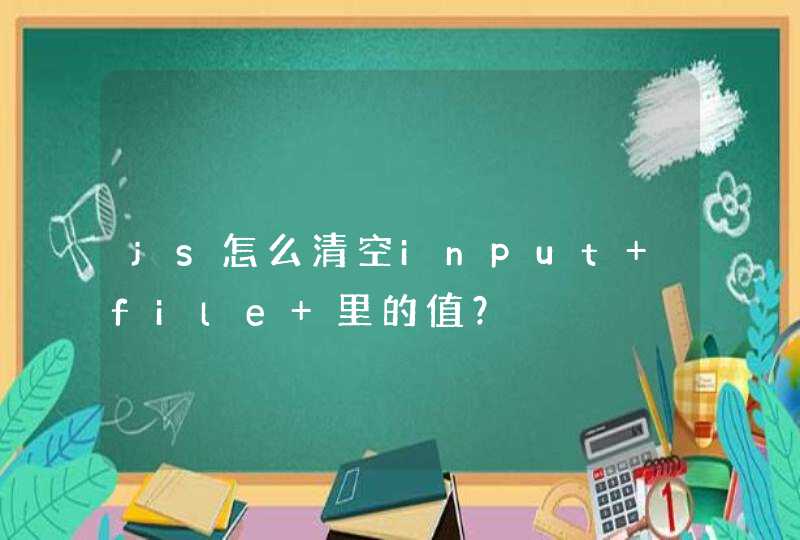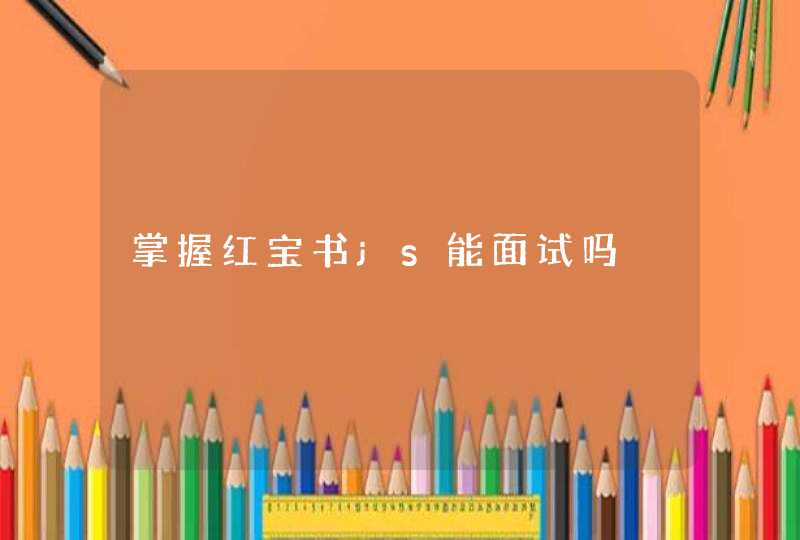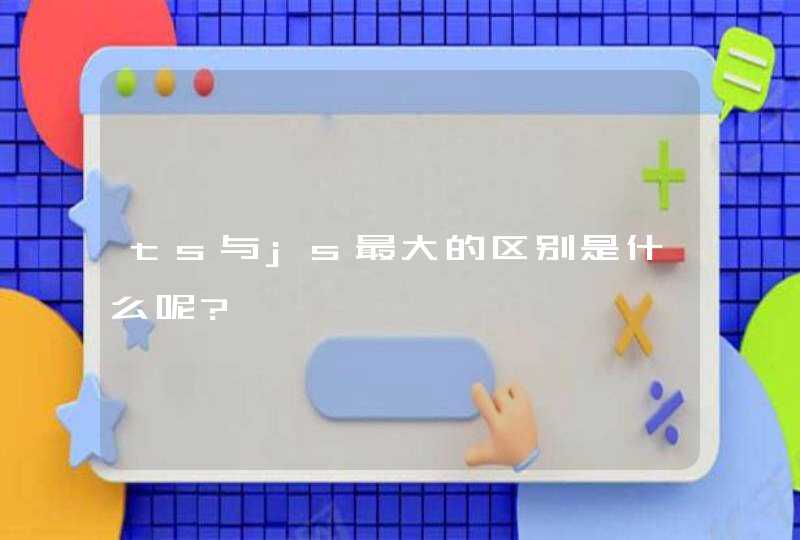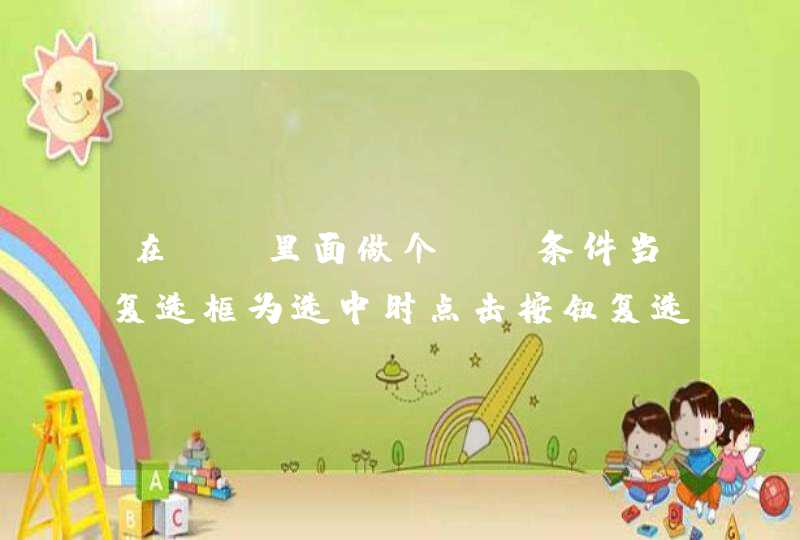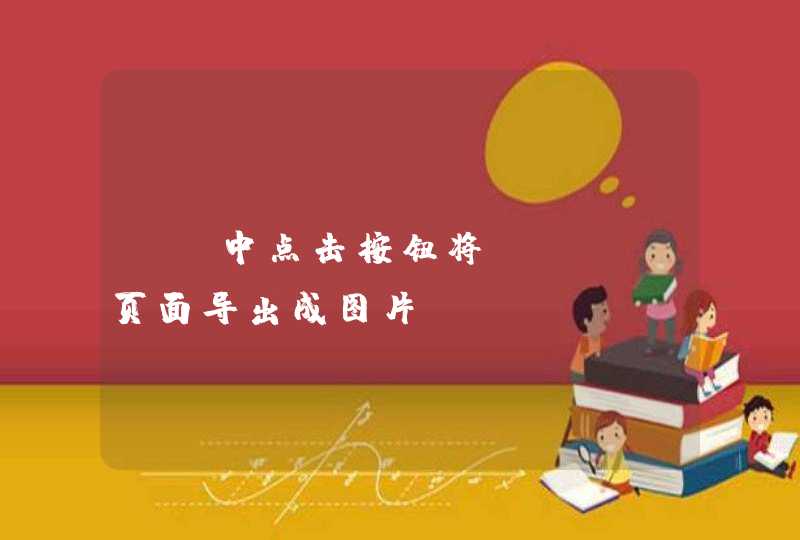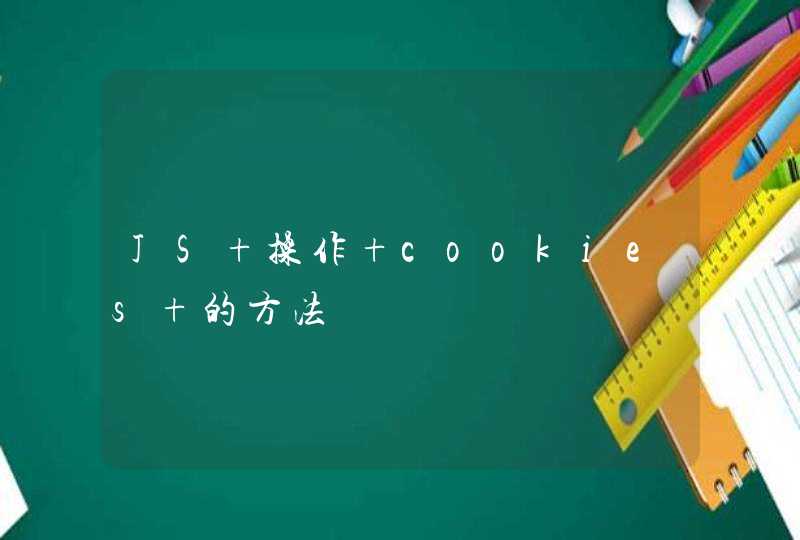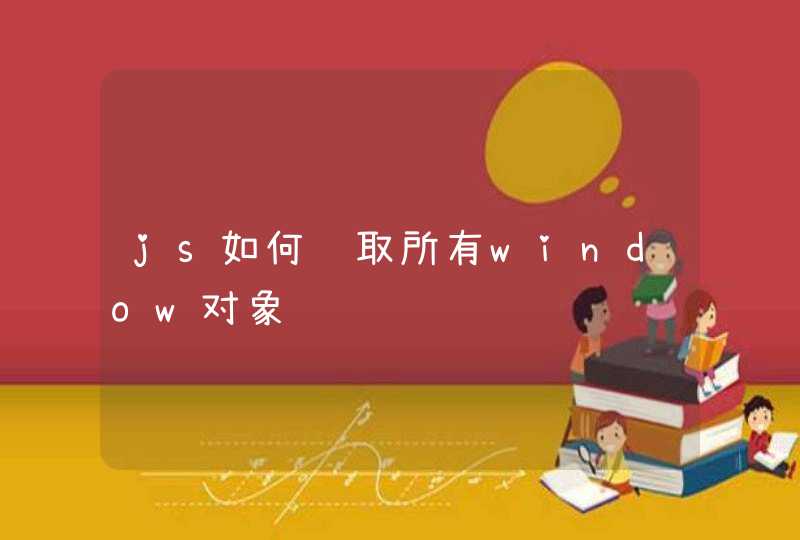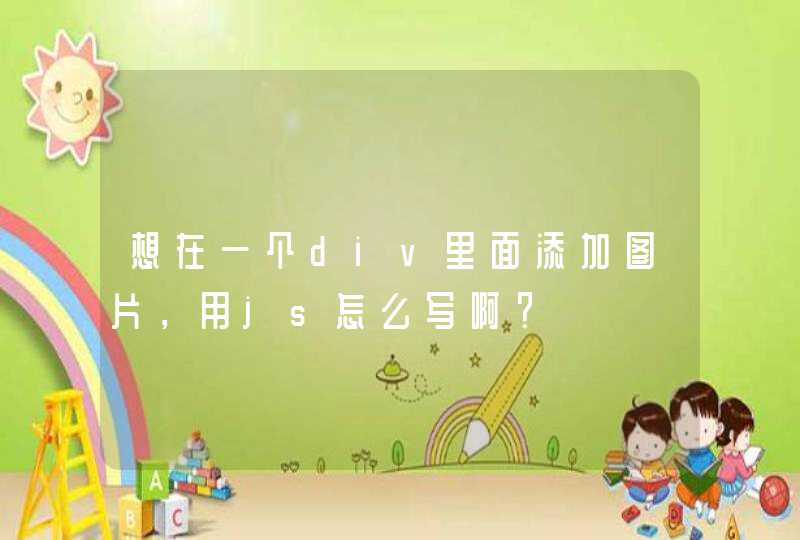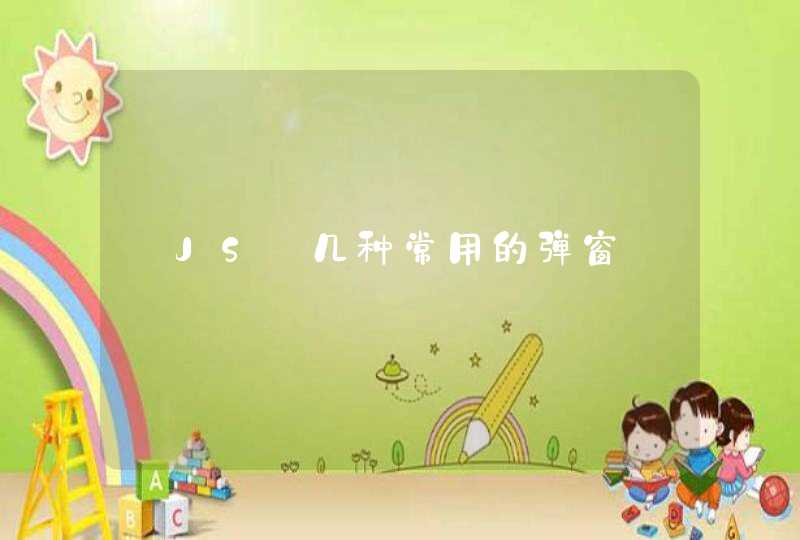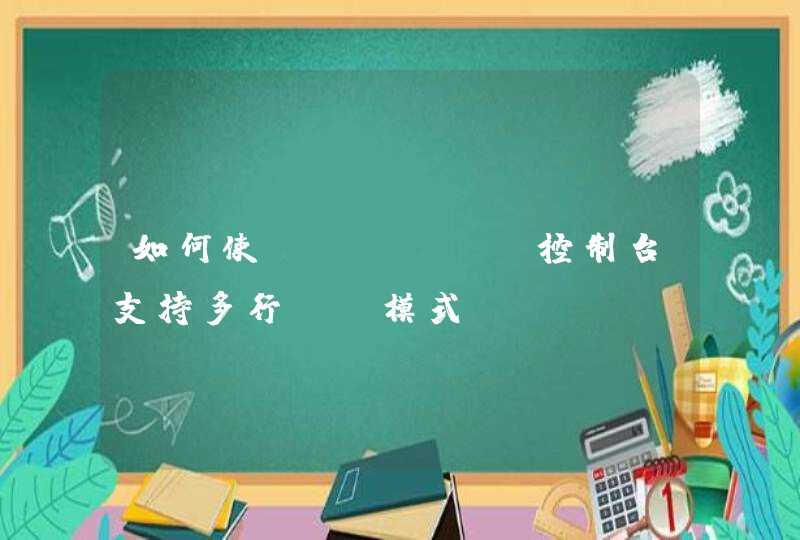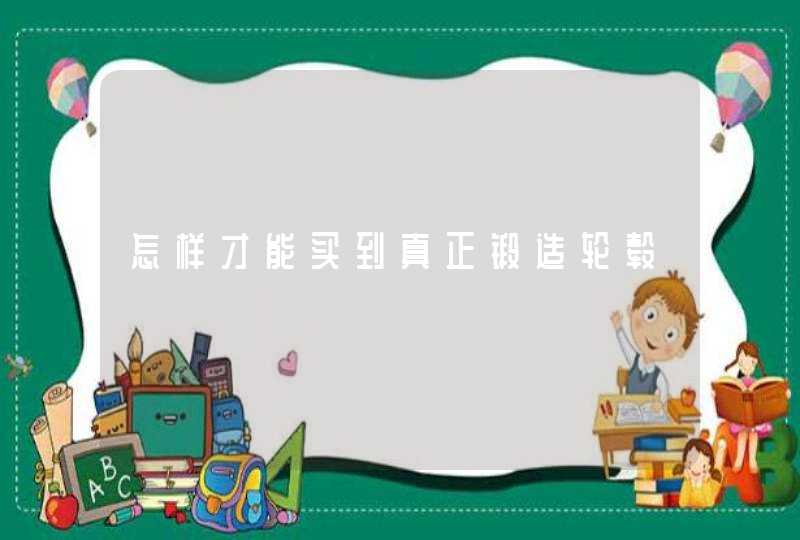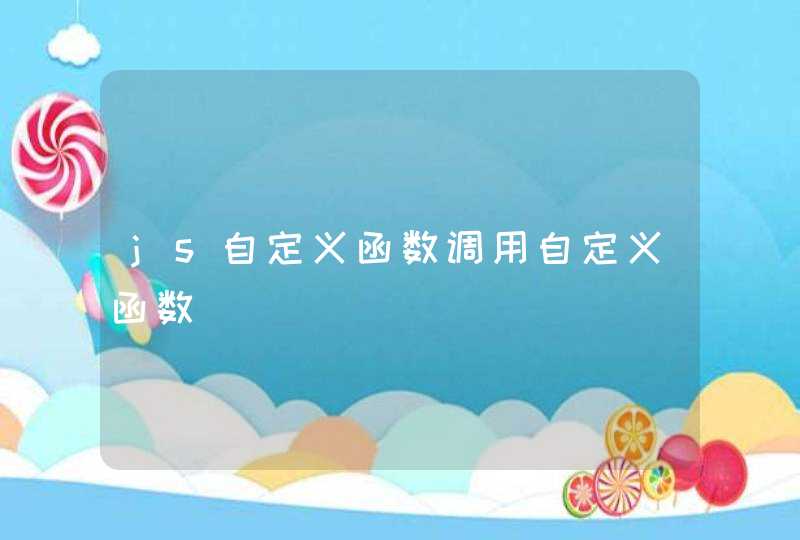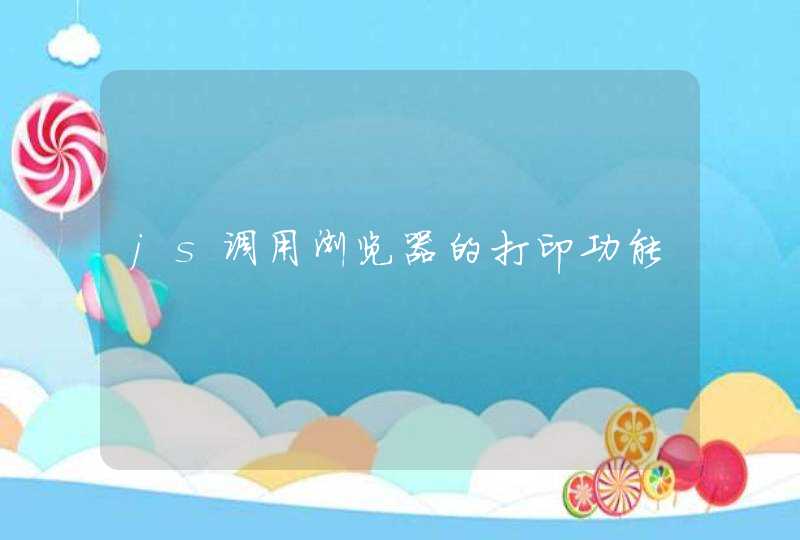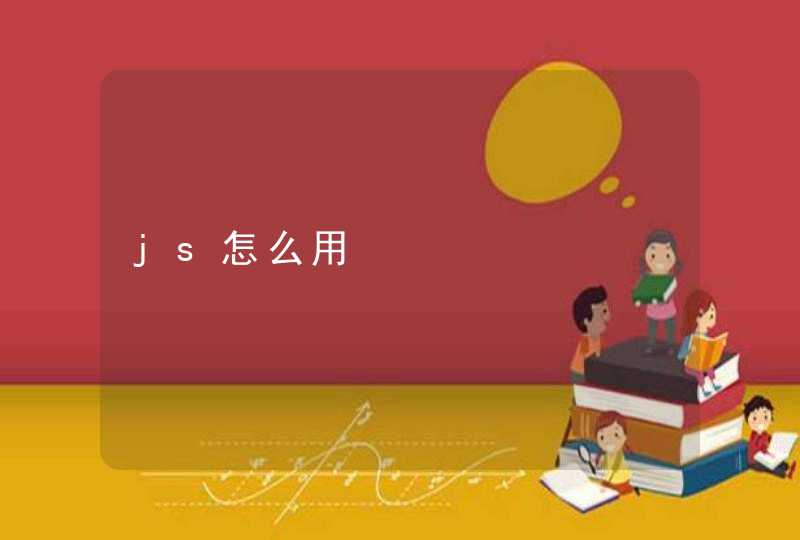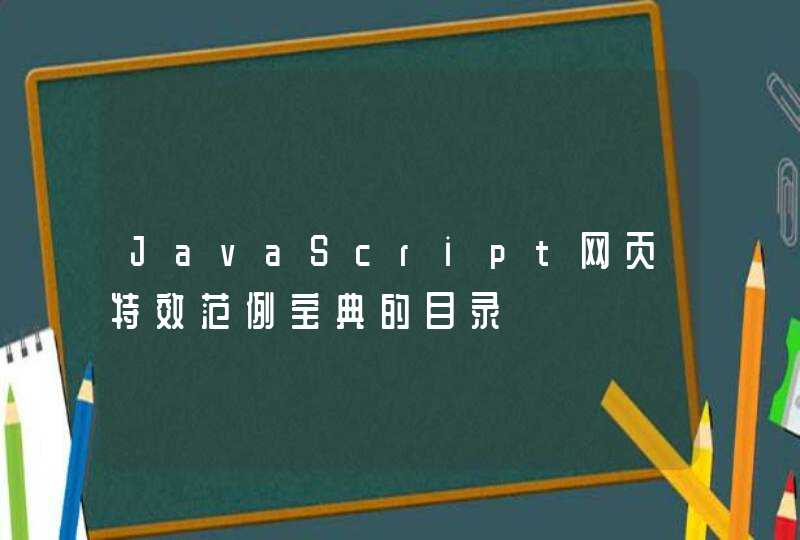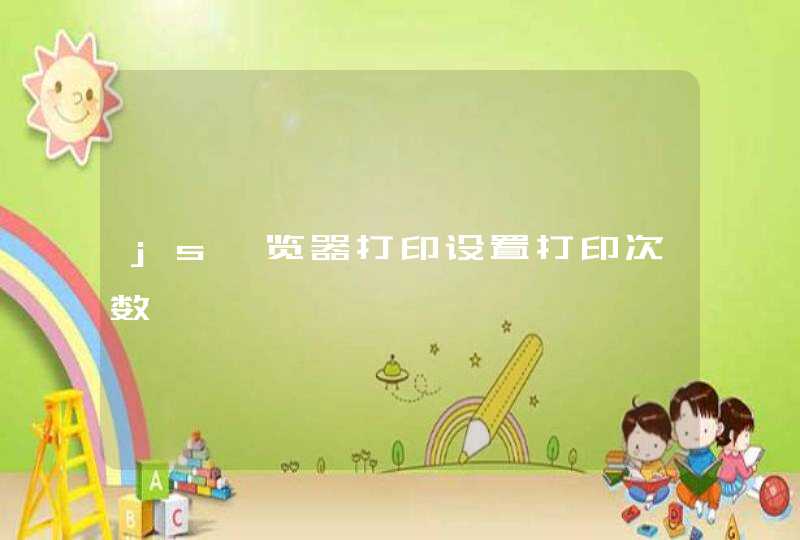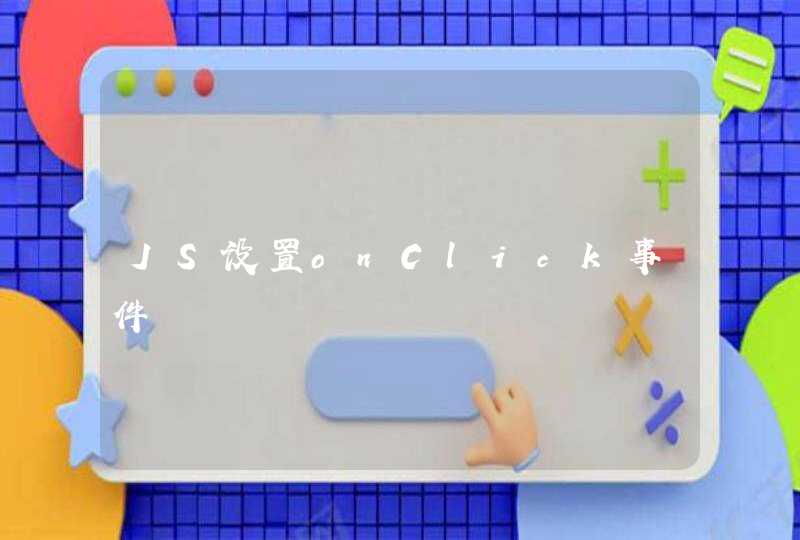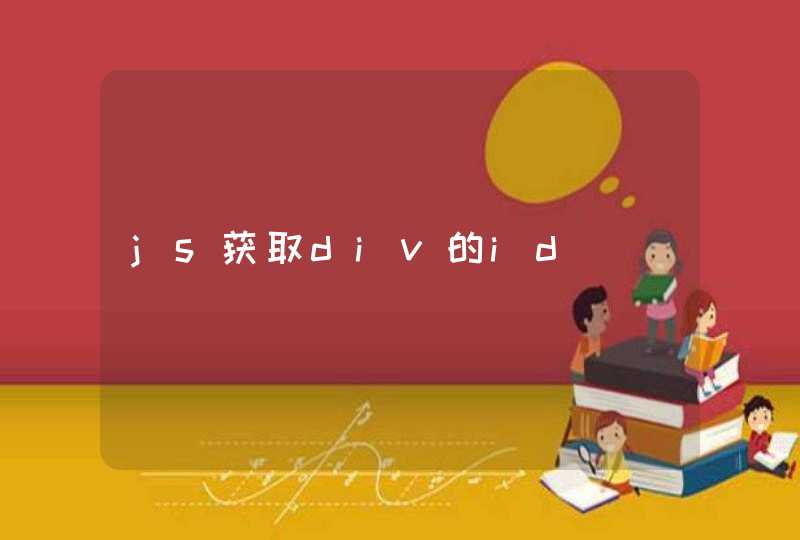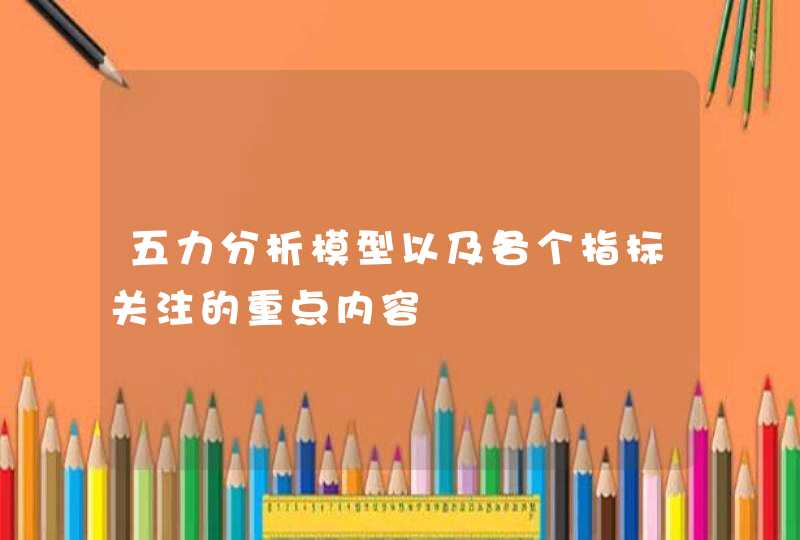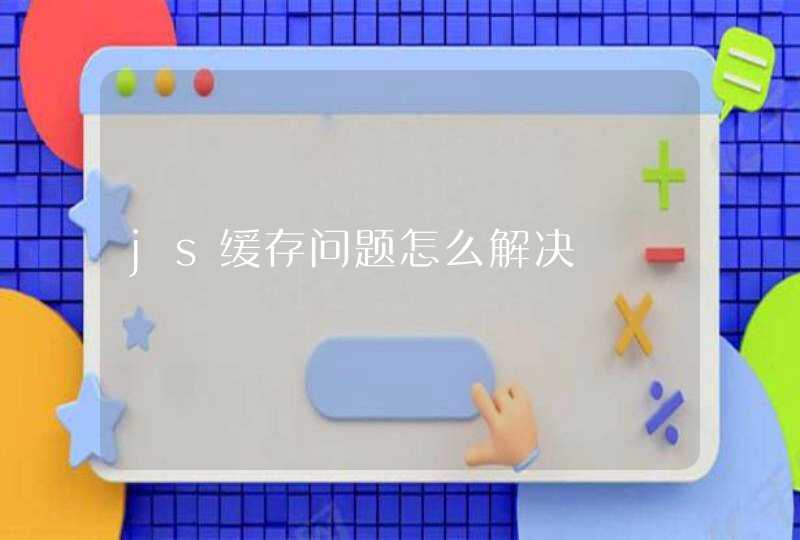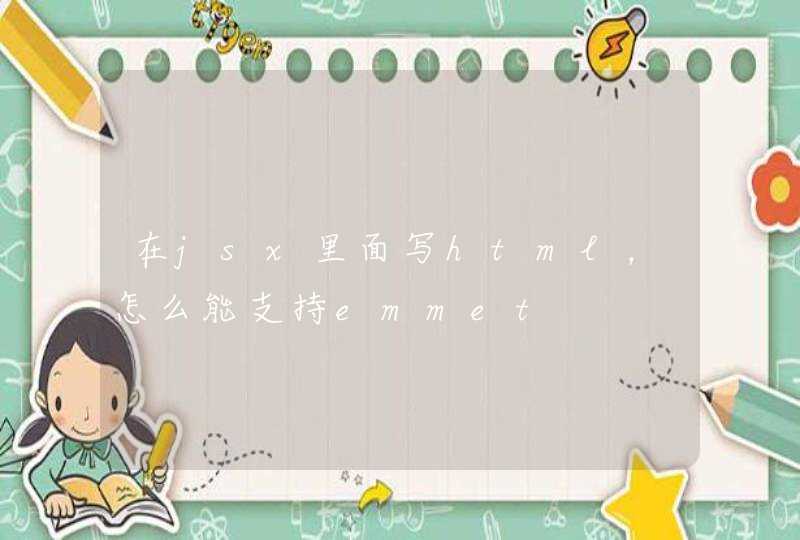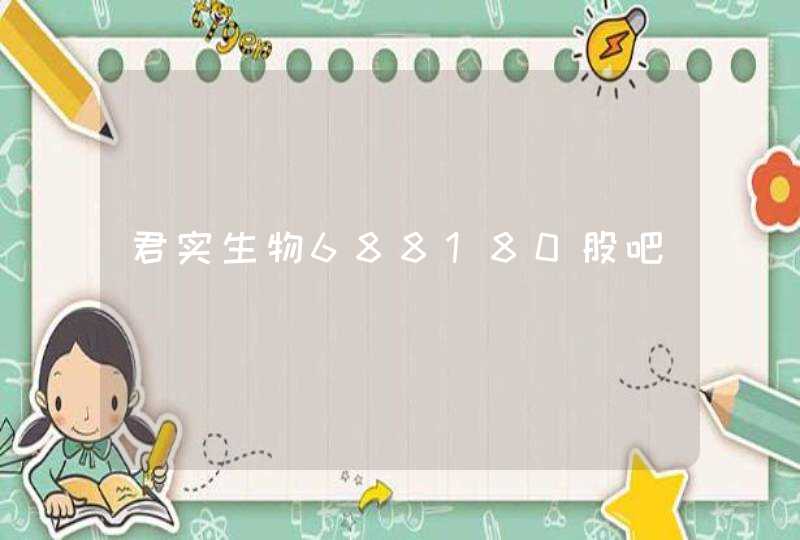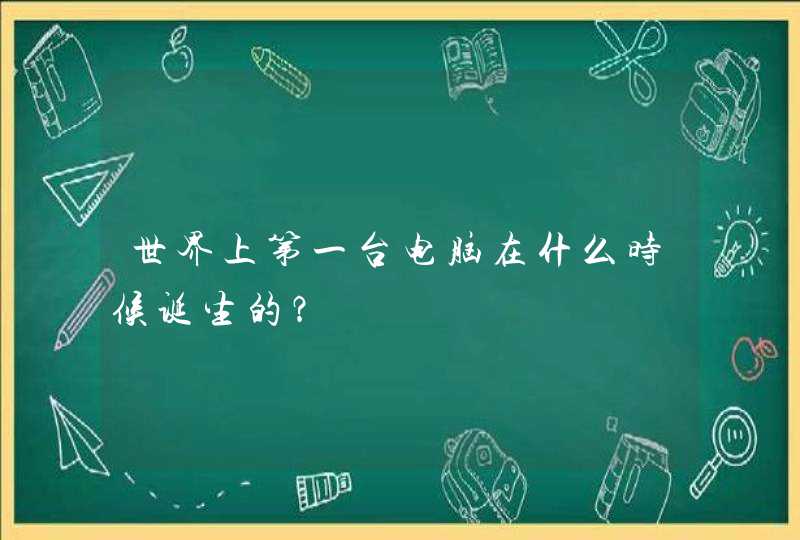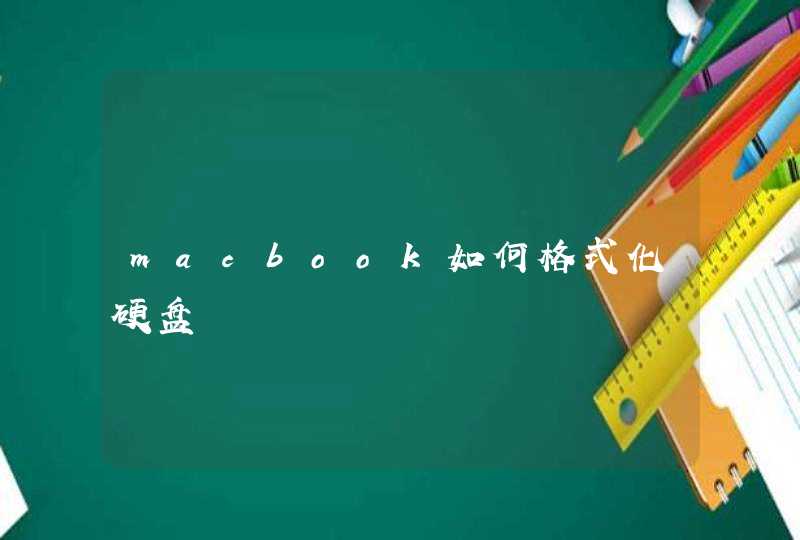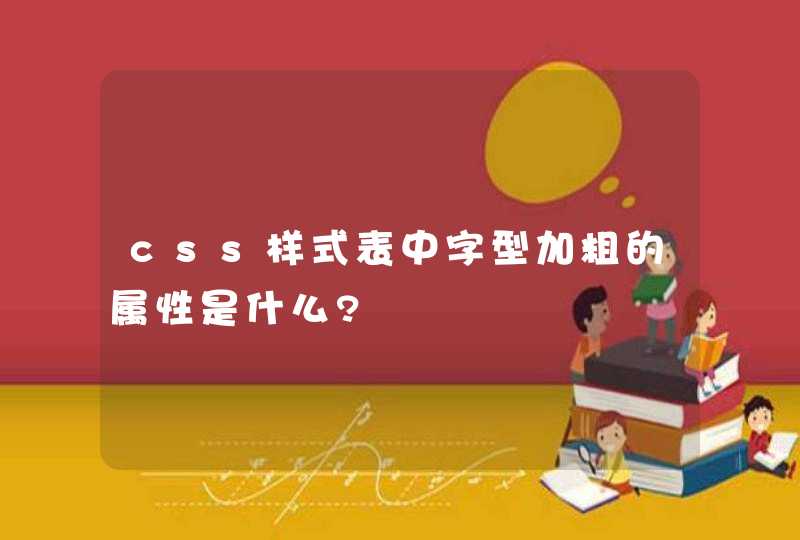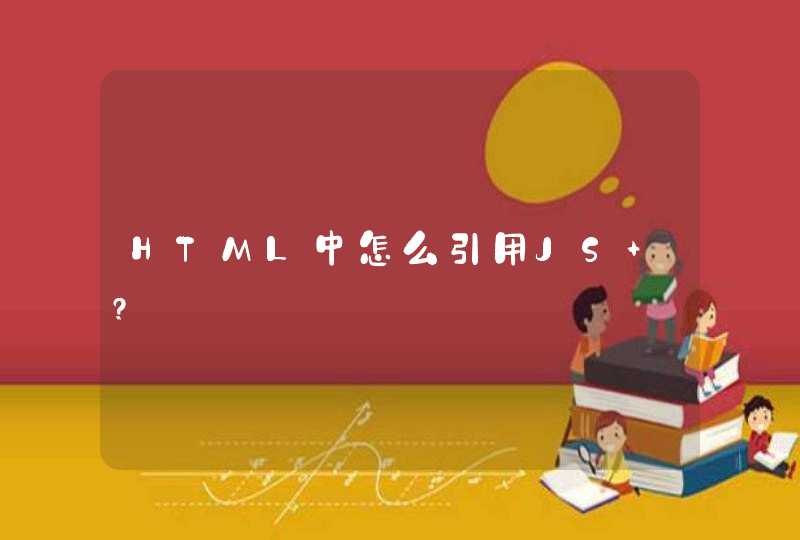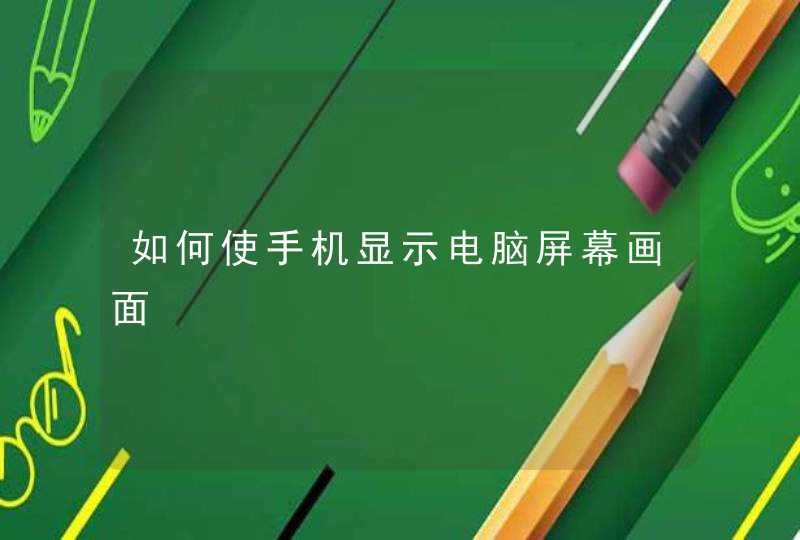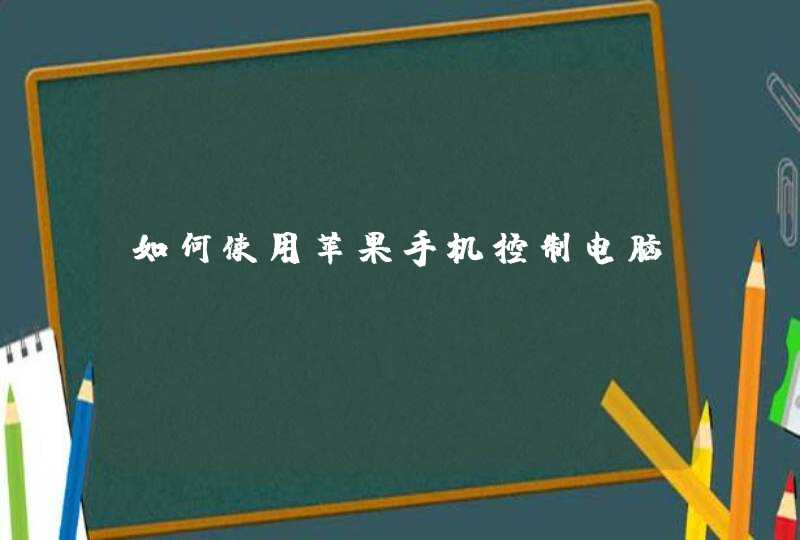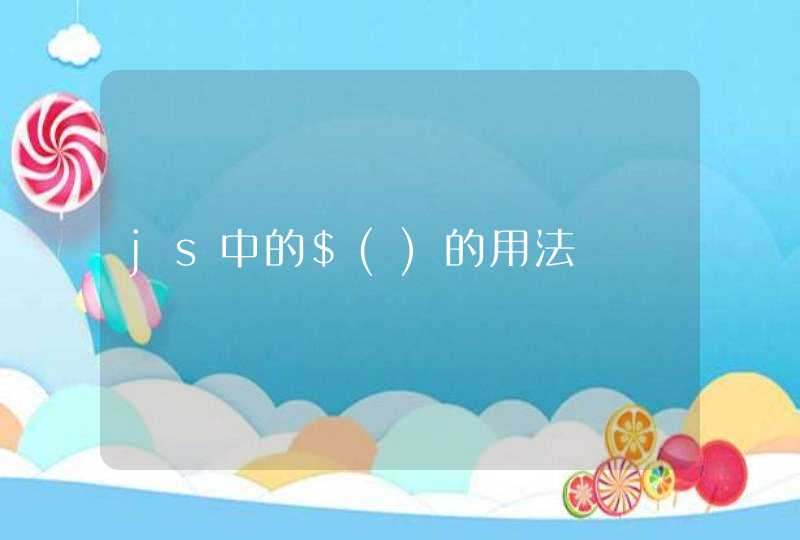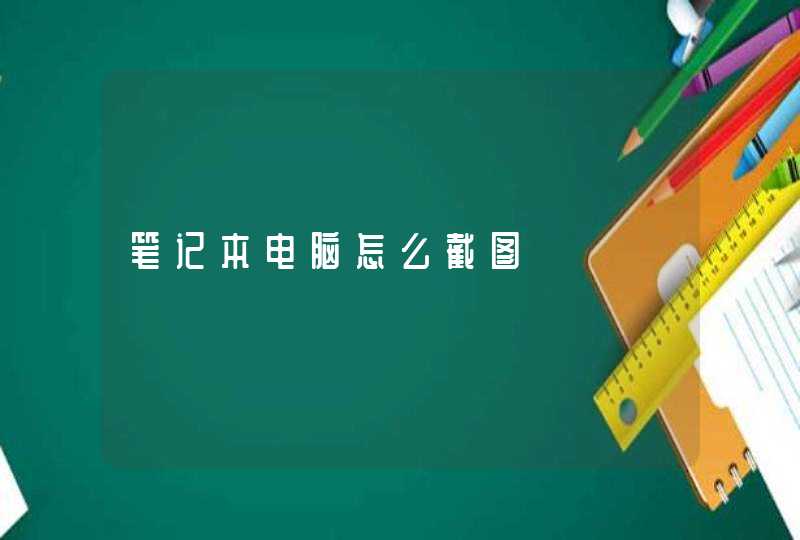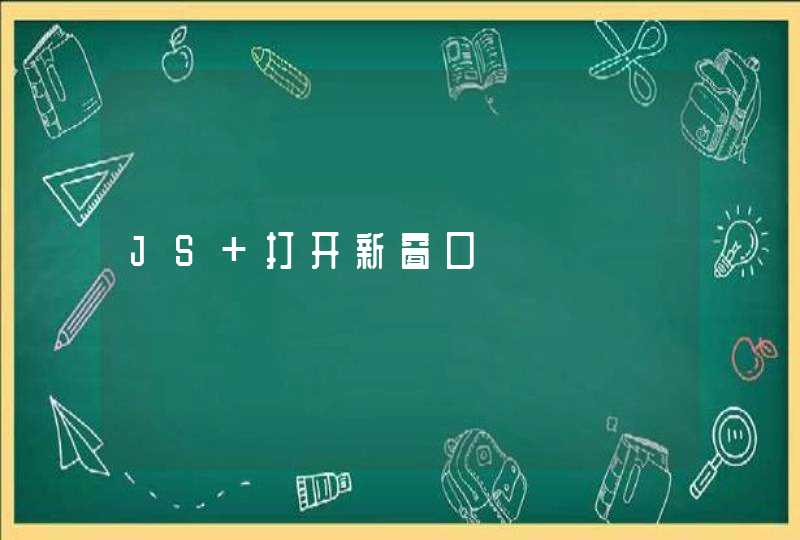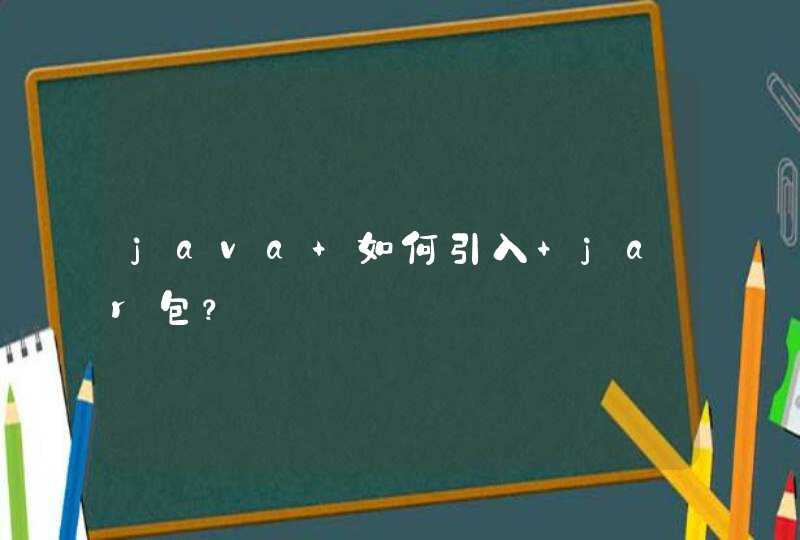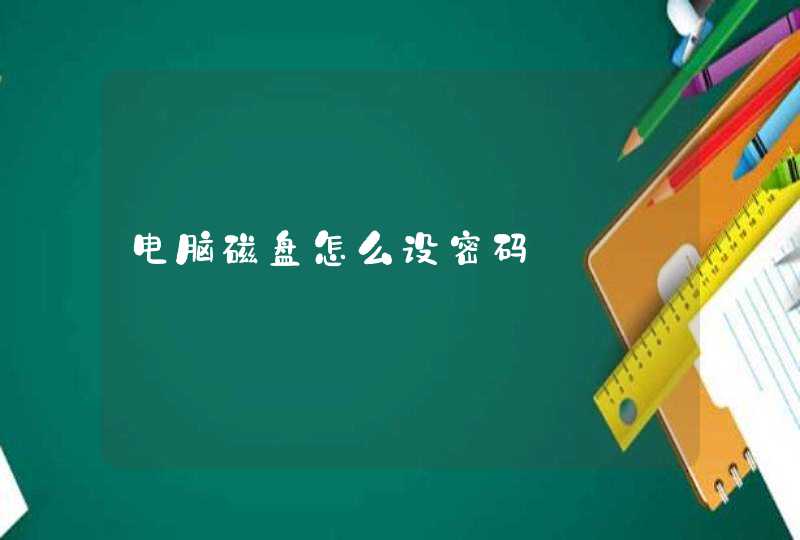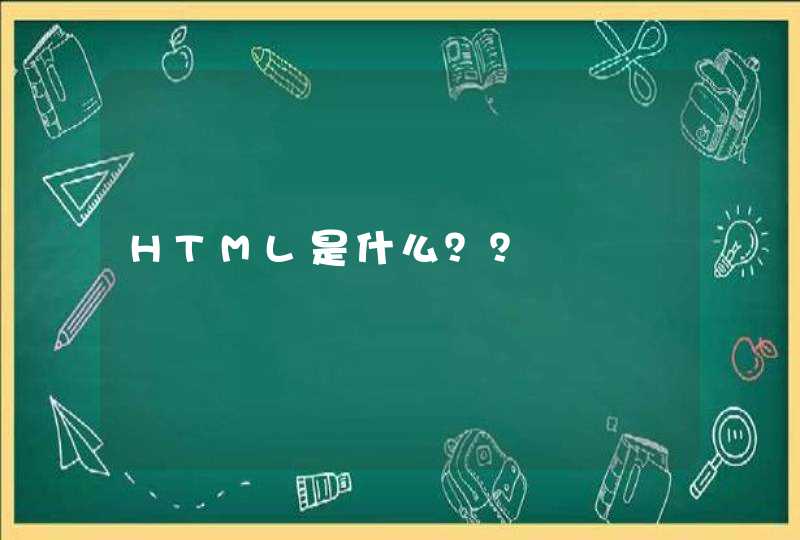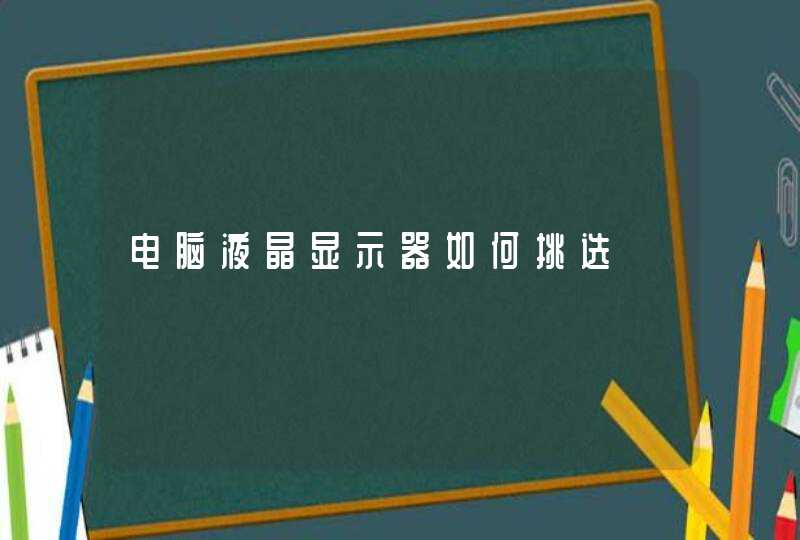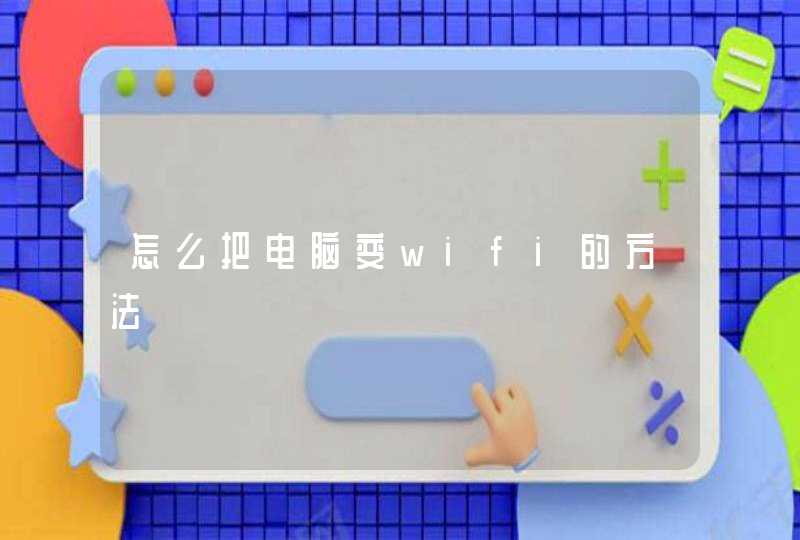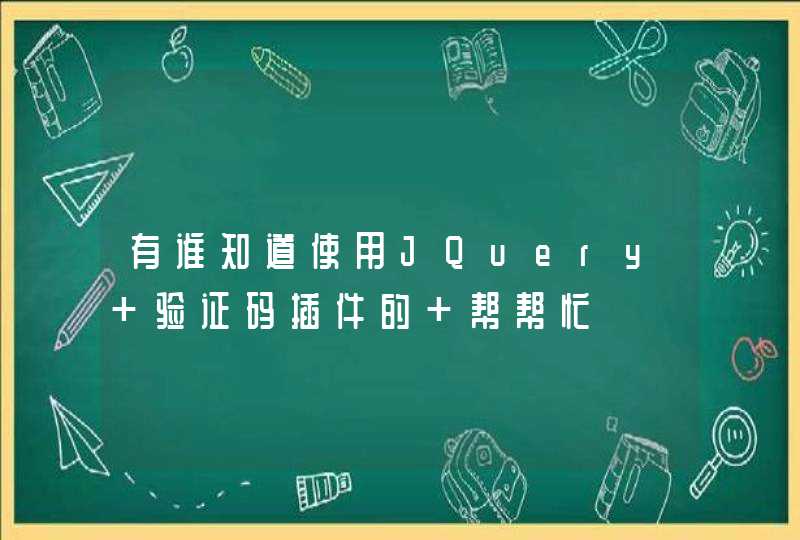
* @desc: Make a validate code append to the element that id is idcode.
将验证码附加到 id 为 idcode 的元素里去
*
* @example $.idcode.validateCode()
* @desc return true if user input value equal idcode.
如果用户输入的值等于验证码,返回true
具体的自已进行实验,还有看 jquery.idcode.js 里的内容,比较精短,还是能看懂它是怎么实现的
/*** SendCode Plugin
*/
//发送验证码插件开始
//匿名函数执行
!function () {
"use strict"//要求严格语法
//声明SendCode对象并初始化参数
function SendCode (element, options) {
this.$btn = $(element)//获取按钮元素
//合并多个参数 初始化参数(用于外部传递参数覆盖默认参数)
this.options = $.extend({}, SendCode.DEFAULTS, options || {})
}
//控件开放的参数默认值
SendCode.DEFAULTS = {
run: false, // 是否自动倒计时
secs: 60, // 倒计时时长(秒)
disClass: '', // 禁用按钮样式
runStr: '{%s}秒后重新获取', // 倒计时显示文本
resetStr: '重新获取验证码' // 倒计时结束后按钮显示文本
}
//全局计时器变量,清除用
SendCode.timer = null
/**
* 开始倒计时
*/
SendCode.prototype.start = function () {
var _this = this,
options = _this.options,
secs = options.secs
_this.$btn.html(_this.getStr(secs)).css('pointer-events', 'none').addClass(options.disClass)
_this.timer = setInterval(function () {
secs--
_this.$btn.html(_this.getStr(secs))
if (secs <= 0) {
_this.resetBtn()
clearInterval(_this.timer)
}
}, 1000)
}
/**
* 获取倒计时显示文本
* @param secs
* @returns {string}
*/
SendCode.prototype.getStr = function (secs) {
return this.options.runStr.replace(/\{([^{]*?)%s(.*?)\}/g, secs)
}
/**
* 重置按钮
*/
SendCode.prototype.resetBtn = function () {
var _this = this,
options = _this.options
_this.$btn.html(options.resetStr).css('pointer-events', 'auto').removeClass(options.disClass)
}
//jQuery 插件扩展方法
function Plugin (option) {
/*主要用于控件二次调用,比如$('div').sendCode('getStr ',120) 这个时候,第一个参数只是方法名,第二个参数才是option,所以,下面这句代码的意义就是取到第二个参数。其实就是变相将sendcode内部方法外露出去
*/
var args = Array.prototype.slice.call(arguments, 1)
/*留意最下面一行代码,$.fn.sendCode = Plugin此代码的意义是在jQuery控件库扩展了一个叫sendCode的控件,调用方法为$('div').sendCode({secs:120}) 那么此时Plugin
的内置对象this为$('div')是一个数组,所以要循环生成控件。这样做法是为了满足调用方在页面上一次生成多个控件。
*/
return this.each(function () {
var $this = $(this),//单个元素
sendcode = $this.data('ydui.sendcode')//获取保存在元素上的SendCode对象
//如果元素上没有保存过对象,那么初始化SendCode对象并保存到元素上
if (!sendcode) {
$this.data('ydui.sendcode', (sendcode = new SendCode(this, option)))
//如果option参数是对象,那么直接启动控件
if (typeof option == 'object' && option.run) {
sendcode.start()
}
}
//这里就是上面说的二次调用,$('div').sendCode('run')这个时候的option='run'
if (typeof option == 'string') {
sendcode[option] && sendcode[option].apply(sendcode, args)
}
})
}
//将控件扩展到jQuery
$.fn.sendCode = Plugin
}()
这个就是发送验证码时,按钮文本变化的一个小控件,核心代码已添加注释,有问题再联系,望采纳。
我发现现在回答问题的人真是无聊,不能把答案写全?这个JS首先引用:
<link href="Scripts/idcode/jquery.idcode.css" rel="stylesheet" type="text/css" />
<script src="Scripts/idcode/jquery.idcode.js" type="text/javascript"></script>
然后加载它的一个方法:
<script type="text/javascript">
$(document).ready(function () {
$.idcode.setCode()
})
</script>
然后要到它的JS文件去指定一个输入验证码框的ID
var settings = {
e : 'idcode',
codeType : { name : 'follow', len: 4},
codeTip : 'refresh?',
inputID:'Txtidcode'//这个就是你页面输入验证码的文本框ID
}
然后是页面元素:
<label class ="lblVerification">验证码</label>
<input type ="text" id ="Txtidcode" class ="txtVerification" />
<span id="idcode"></span>
最后是JS调用:var IsBy = $.idcode.validateCode()返回的是true或false。这样就可以验证

